The Census Bureau predicts that population growth will slow down in this decade, adding just about 366 million inhabitants in the country by the year 2100.
Almost half of the 30,000 U.S. cities are projected to experience population loss by that year. Population distribution is also likely to change, with more people going to suburban and rural areas and leaving urban centers. Let’s look at this trend.
Urban Areas Shrinking
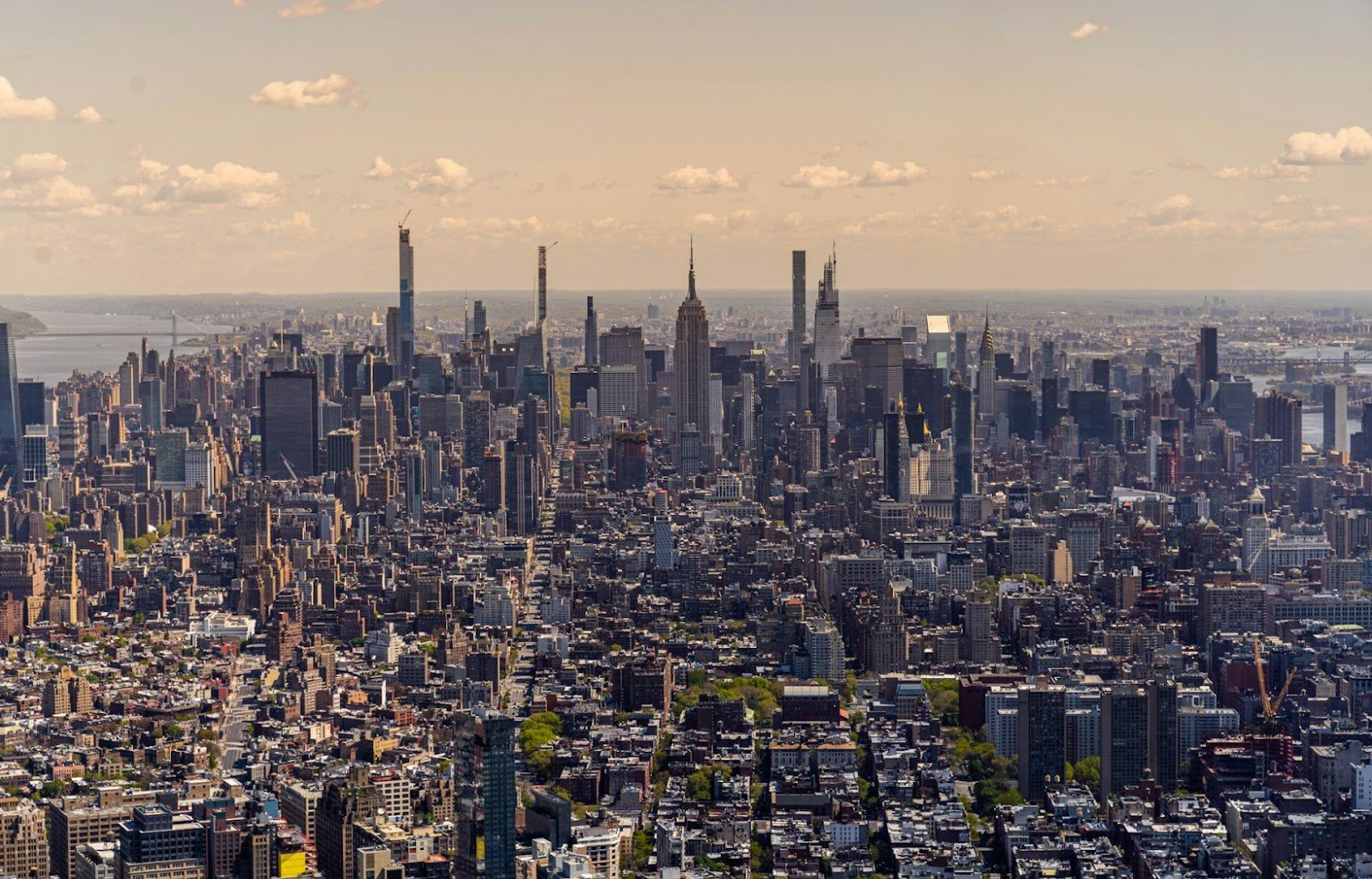
Some urban areas will experience shrinking as much as 25%. Regions that are predicted to experience the harshest declines in urban centers are the Midwest and Northeast regions. Low-income communities will bear the biggest impact.
Thanks to the baby boomer generation getting older and leading a rise in the retirement population, the number of citizens over the age of 65 will rise by 25% by 2040. This aging population will likely move away from busy cities to quieter, more affordable suburban areas. Per the American Association of Retired Persons (AARP), 63% of retirees look for affordability when choosing their residence, while 58% seek health care accessibility.
Economic Factors Contributing

Income inequality and rising living costs, already happening in major cities like Los Angeles, will also drive people to find more affordable living options away from urban areas.
A widening gap between job availability and income needs is also driving residents to look for opportunities in places with better employment prospects. If cities like San Francisco and New York can’t offer good jobs for residents, they will continue to suffer from population decline, which they already experienced between 2020 and 2022 (5.3% and 7.5% decrease, respectively).
From Buffalo, NY, to Baton Rouge, LA

The first five cities facing significant depopulation by 2100 are Buffalo, NY; Columbus, GA; Cincinnati, OH; Pittsburgh, PA; and Baton Rouge, LA. Their annual loss rates range from -1.397% (Pittsburgh) to -0.65% (Columbus).
Various reasons are expected to contribute to population loss in these cities. The top cause is increasing poverty, lack of jobs and unemployment and more affordable homes in the suburbs. However, Baton Rouge is also plagued with natural disasters and high crime rates. This city’s population decline is steeper than the national average.
From Lansing, MI, to Milwaukee, WI
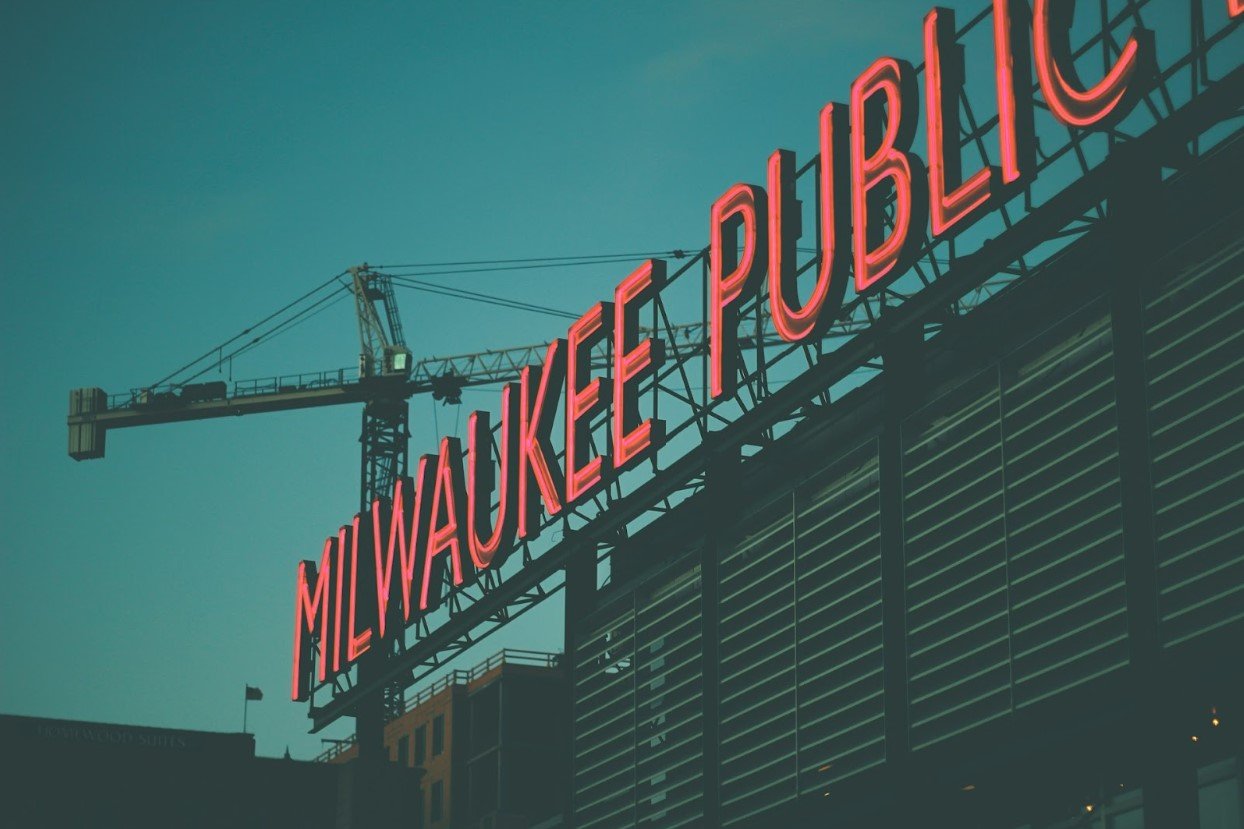
The next set of cities facing depopulation starts with Lansing, MI. Its population loss is caused by job losses, rising cost of living and harsh climate. It is followed by Hartford, CT, which suffers from economic hardships, suburbanization, middle class outmigration and a lack of investment in infrastructure.
The causes for depopulation are similar in Toledo, OH. The city also suffers from the increase in an aging population. Meanwhile, Memphis, TN, is seeing population decline due to poverty and crime, with a tough job market not making living conditions easier. Meanwhile, in Milwaukee, WI, one of the contributing factors to depopulation is that residents have a preference for smaller families.
Top 5: Cleveland, OH

And now we enter the top 5 biggest cities in the U.S. facing depopulation by 2100. At No. 5 sits Cleveland, OH, which has been experiencing a population decline for several decades. In fact, the decline has been happening since the 1950s.
The downward trend continued in the 2000s, 2010s and in 2020. While certain neighborhoods in the city (Downtown and University Circle) recorded population growth, it is still not enough to bring the number of residents back up. The city can blame the fall of heavy industry, outmigration and significant suburbanization over the years.
Top 5: Baltimore, MD
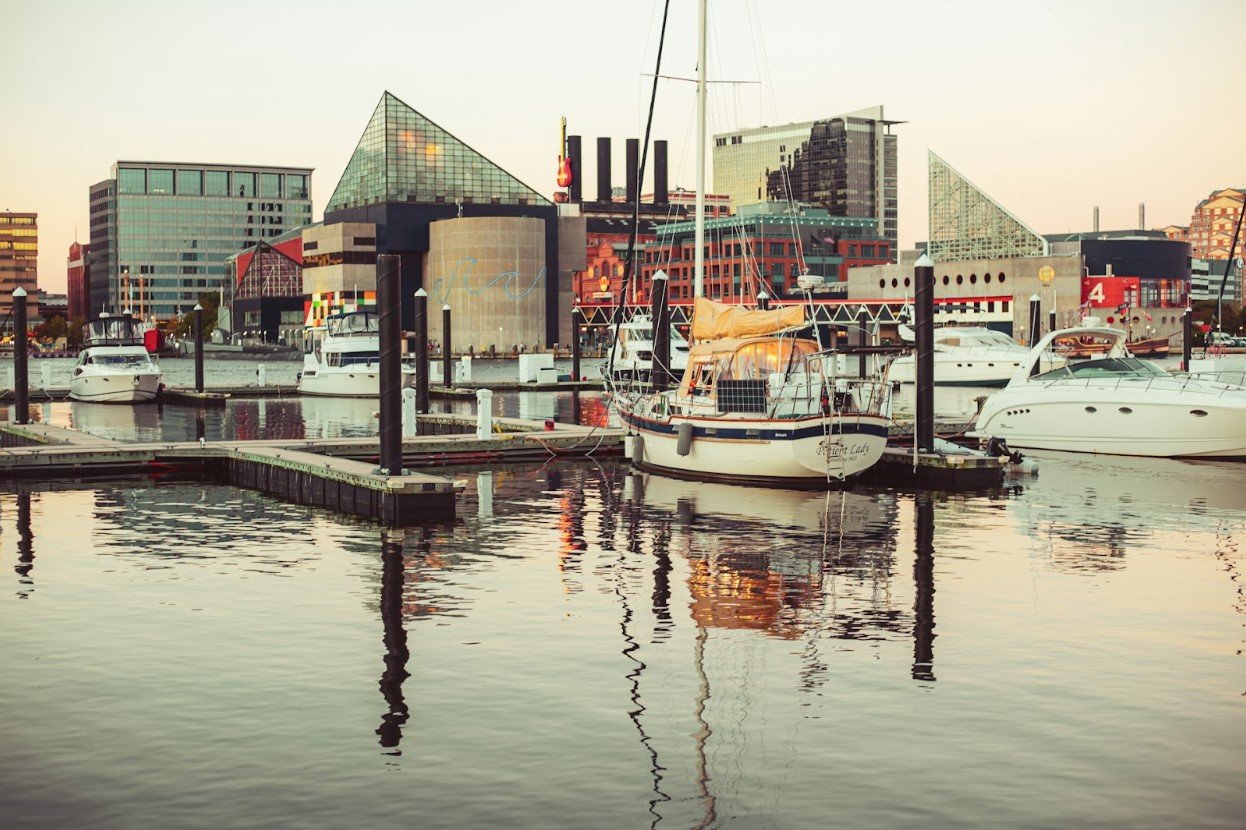
Baltimore, MD, sits at No. 4 in the list of top U.S. cities losing population by 2100. The 2022 statistics indicated a decrease of 1.2% (annual loss rate is -0.753%). Now, the city has declined to a population of 569,930, a figure similar to the one last seen in the early 1910s.
The city suffers from various economic challenges, with job losses leading the charge. The high crime rates in Baltimore is also a significant contributing factor. The final nail in the coffin is suburbanization.
Top 5: St. Louis, MO
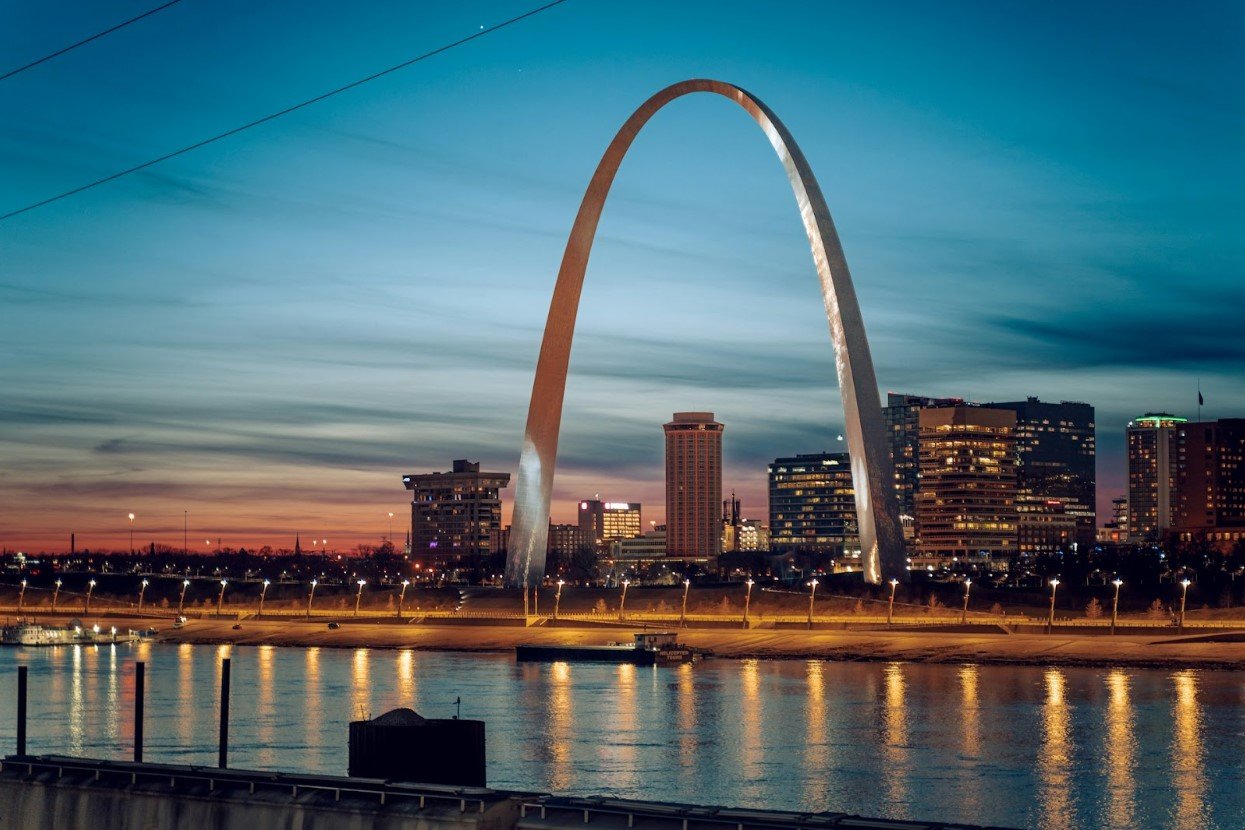
Population decline is a problem that St. Louis, MO, has been facing for several years now. Between April 2020 and July 2022, St. Louis lost approximately 19,000 residents. The decline happened in both younger and older age groups.
A tight job market can be seen as a driving factor for depopulation, as well as a higher crime rate compared to other cities. Many residents also fled to suburban areas to find better living conditions. Another possible contributing factor is demographic and economic shifts in the Midwestern region.
Top 5: Birmingham, AL

In 1960, Birmingham’s population peaked, with a recorded 340,000 residents. But since then, the population has continued to decline. Like in other cities, a worsening economy drove people away from the city, thanks to the loss of manufacturing jobs in heavy industries.
The city also overly relied on traditional economic sectors. Meanwhile, residents are lured by the growth in suburban areas, where economic conditions are slightly better and living costs are likely to be more affordable.
Top 5: Detroit, MI
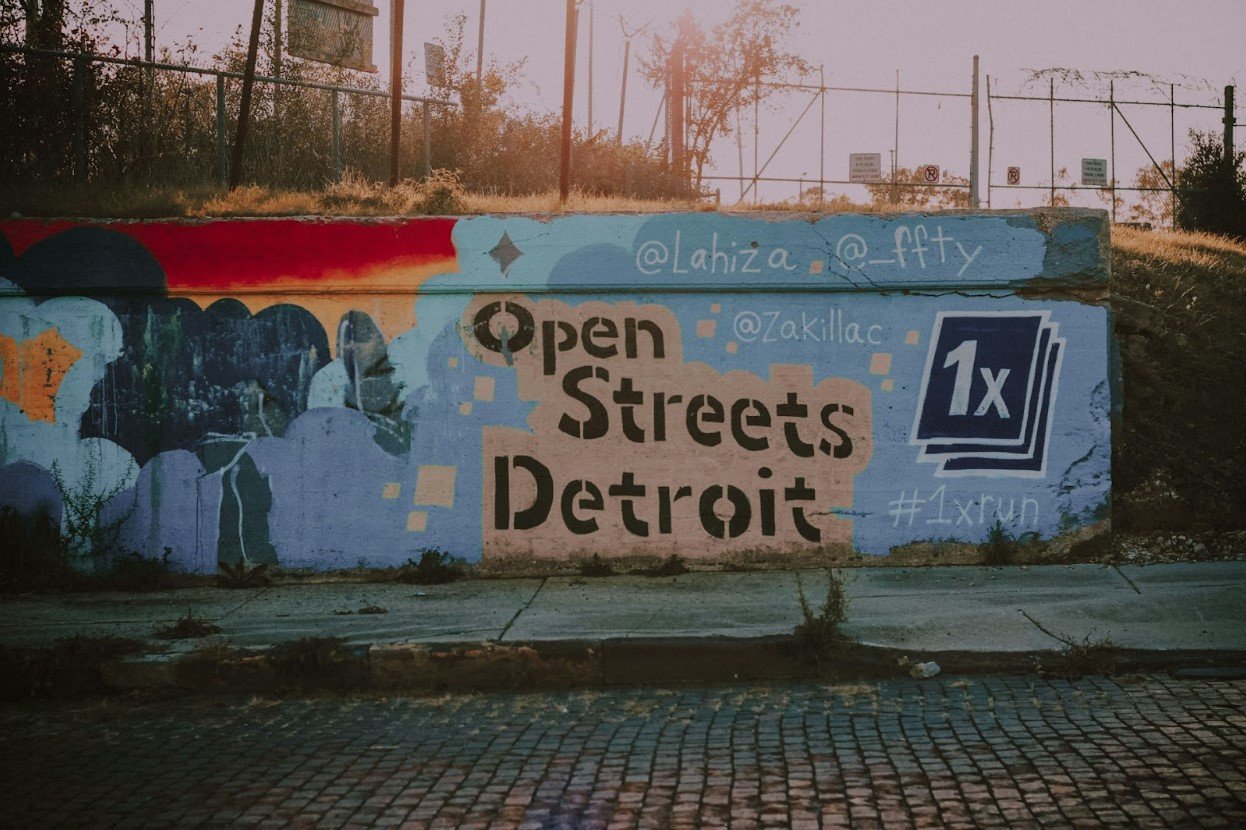
And at the top of the list is Detroit, MI. The city has experienced one of the most dramatic population shifts in an urban area in the country. In the 1950s, Detroit held the position of the fifth most populous city. Since then, however, it has gone downward and never recovered.
Detroit has lost around 61% of its population since the 1950s. The biggest reason for this decline is the decentralization of the automotive industry. Because of this, there were job losses, and the economy dwindled overall.
The Negative Impacts of Depopulation

Naturally, with many cities losing population, there will be negative impacts on the country’s economy. A smaller population means a smaller consumer base, which will impact various businesses in many sectors.
And this will lead to the stunting of economic growth. After all, consumer spending accounts for around 70% of the U.S. GDP.
Fatal for Real Estate

The real estate market is also likely to take a fatal hit. Lower demand for housing, especially in depopulating regions, will lead to vacant properties and declining property values. The fastest declining states in the U.S. are in the Northeast and Midwest regions.
A study already revealed that home values in shrinking cities have depreciated by an average of 2.7% annually (as opposed to 3.8% value appreciation in growing cities). Overall, there are many contributing factors, but fast-forwarding to the future shows a smaller population than currently in the U.S.
